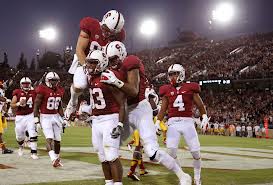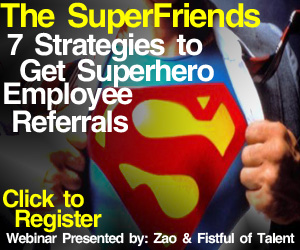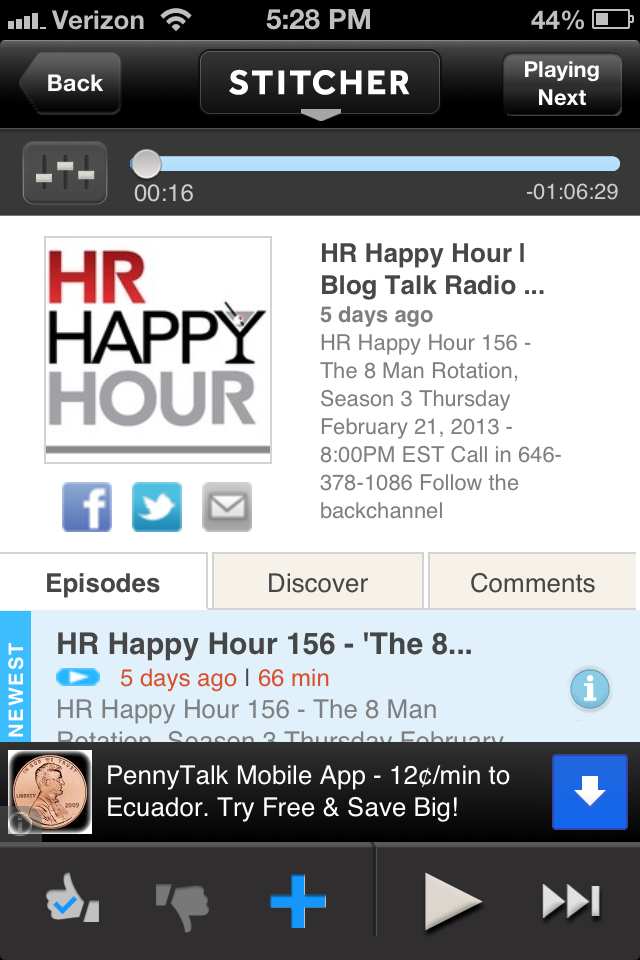Spring Break Rewind #3 - How many ways can an object be moved?
Note: It is Spring Break week here in Western New York, (for the school-age kids anyway), and while I will still be working and traveling to New York City to present at a conference, this week will be busier than most. So this week on the blog I'll be re-running some pieces from the last 12 months or so. Yes, I am being lazy. Cut me some slack. Anyway, if you are on Spring Break this week, I hope you have a great little vacation!
This piece - 'Fun with job requirements: How many ways can an object be moved?', originally ran in June 2012.
--------------------------------------------------------------------------------
I have a friend in a job search and last week he forwarded to me an online posting for a position he was considering applying to, and wanted some feedback from me about the job, the organization, and whether I felt it was a potential fit for him. I took a quick look and it mostly seemed pretty standard, a technical system admin-type job working on company systems, some different programming languages they were looking for, working on-site in the company offices, etc. Again, nothing really noteworthy or quite frankly interesting about the listing until I got to the end. But can you do this?
But can you do this?
This 'requirement' is taken word for word from the job description in the 'Physical requirements' section of the posting:
"Primarily sedentary work with the need to exert up to 10 pounds of force occasionally to lift, carry, push, pull or otherwise move objects."
For some reason, this requirement just about made me spit coffee all over the keyboard, if nothing else for its surface absurdity, but also the thought of someone sitting down, perhaps even having a conversation with a colleague or the hiring manager, when it came time to draft the language for this requirement.
Perhaps it went something like this:
HR/Recruiter -Ok, we have the skills, education, job duties down. How about any special physical requirements for the job?
Hiring Manager - Well, it is a computer admin job. Just normal work on a computer, you know, typing, working a mouse, that kind of thing.
HR/Recruiter -Would the person have to lift or carry anything?
Hiring Manager - Not really, I mean the occasional report or print out. Maybe a technical manual now and
then.
HR/Recruiter -Ok, so lifting and carrying are needed.
How about pushing or pulling? Any pushing or pulling involved?
Hiring Manager - Uh, I don't know. Maybe. Sometimes we move the chairs and tables in the conference room around for meetings.
HR/Recruiter -Ok, I better add pushing and pulling too.
Anything else?
Hiring Manager - I can't think of anything. I mean, how many different ways can an object be moved?
Classic. Maybe I am being too hard on the HR person here, maybe the conversation went the other way around and the Hiring Manager insisted the nonsensical requirement made the copy. Either way, the idea at some point, a conversation like the above might have actually happened was enough for me to take notice. Good times.
I'll sign off with this question - Lift, carry, push, pull - what other ways can an object be moved?
Have a great Tuesday!

 Steve
Steve



